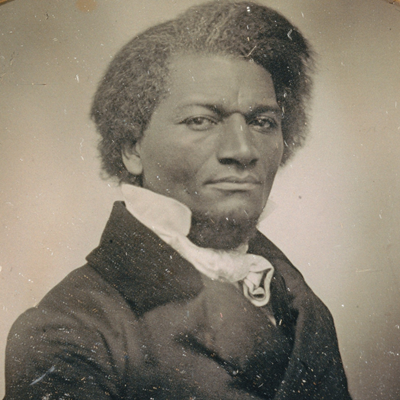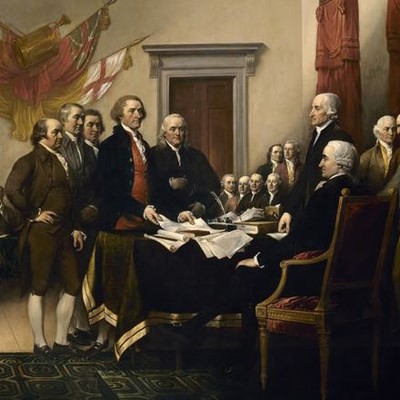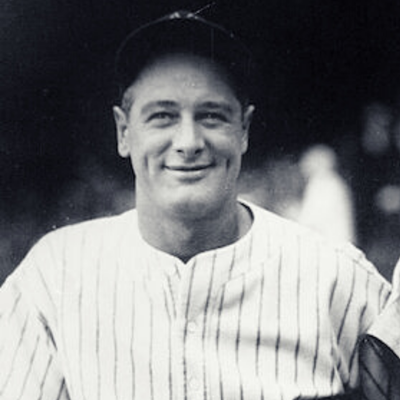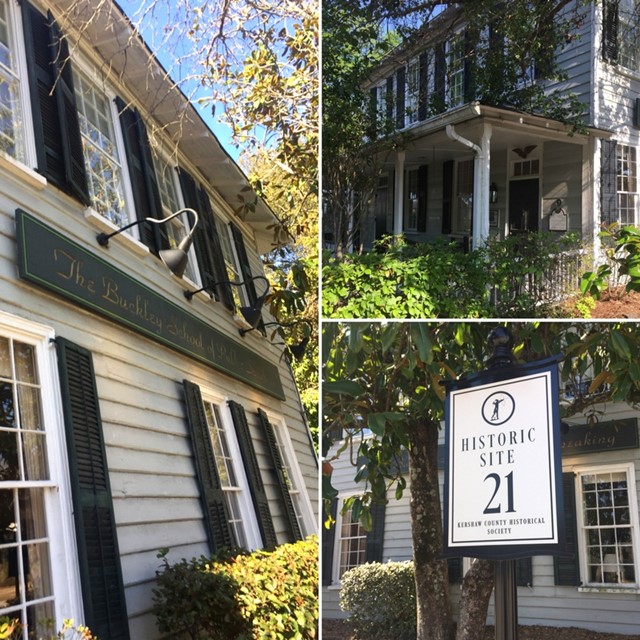
"Many students are interested in the building especially after climbing the stairs and being treated to the office chairs rolling down the wide but sloping floor boards."
– Karen Kalutz, in a 2004 article about the house published in the local newspaper, The Chronicle-Independent
"It's a house."
We’ve had more than one person say that out loud upon arriving for our Executive Seminar. Some sound delighted. A few sound confused.
Yes, our school is in a house. One listed on the National Register of Historic Homes as the John McCants House, circa 1813. Built in the Charleston style, it has a wraparound porch, wide planked floors, and a working fireplace. The school added a classroom with a stage, built onto the back of the house.
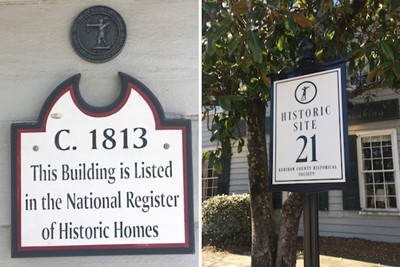 Our house is on the National Register and Site 21 on the Historic Camden map.
Our house is on the National Register and Site 21 on the Historic Camden map.
We don’t know a lot about the early history of the house or the man who built it. Despite Camden’s Revolutionary War history, many homes in town date from 1813. That’s because a fire in 1813 destroyed much of what had been built. Mr. McCants built this house in an area called Logtown, part of a 250 acre tract that had been granted to Camden's founder Joseph Kershaw in 1786.
To many, the house was known as the "Nelson House" because of its long-time resident Cornelia Nelson. Nelson lived in the house from the time she was a very young child and told local historians she remembered a two room brick kitchen behind the building, connected to the house by a boardwalk. According to documents at the Camden Archives, our house was one of the first in town to have electricity.
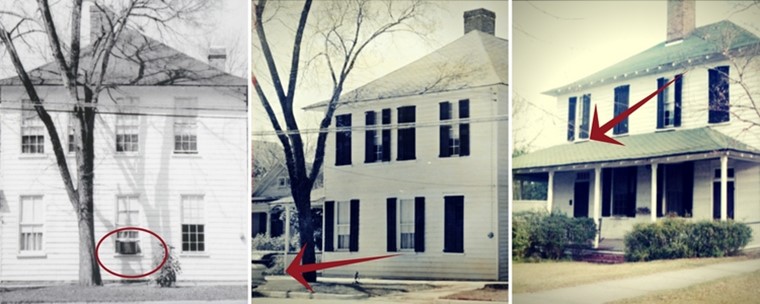 Over the years: The house with no shutters and a window AC unit; house in the 1950s? (see car bumper in edge of photos); house painted white with green roof, shutters added. Photos from Camden Archives.
Over the years: The house with no shutters and a window AC unit; house in the 1950s? (see car bumper in edge of photos); house painted white with green roof, shutters added. Photos from Camden Archives.
The McCants House isn’t The Buckley School’s first house. When Reid Buckley launched the Executive Seminar in 1988, our public speaking classes were held in a yellow cottage behind the Greenleaf Villa, next door to our present location. You can see that cottage from our back porch.
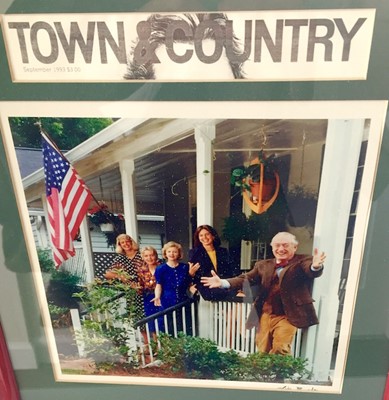 Reid Buckley, faculty, and the house--as featured in Town and Country magazine's September 1993 issue. (Story by none other than Kathleen Parker!)
Reid Buckley, faculty, and the house--as featured in Town and Country magazine's September 1993 issue. (Story by none other than Kathleen Parker!)
Three years later, in 1991, Reid purchased the two-story house at 1301 Broad Street. Before we arrived, it had been used as office space, as well as an antique store.
You'd be forgiven for thinking we're running some kind of antique store now. Over the years, Reid added his flourishes: Furniture he brought from his second home in Spain. Paintings by his son, artist Claude Buckley. A stained glass window in the stairwell made by Camden artist Karen Hord. Books, books, and more books. And his final project—decorating the parking lot with an eclectic array of statues and monuments, possibly the most Reid thing in a house full of Reid.
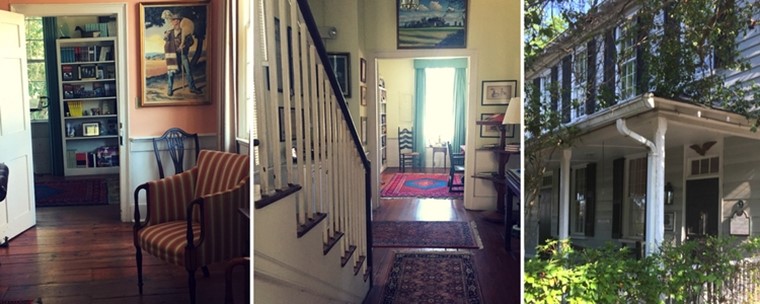 This old house, as it looks today.
This old house, as it looks today.
In the late 1990s, a group of big-time executives for a famous food brand flew in from New Jersey for a private public speaking workshop at the school. They rated our presentation skills instruction as the best they’d ever had but offered one suggestion: Perhaps we’d be more successful if we moved to a “more corporate” location.
“Absolutely not,” said Reid. Well, according to our director Karen Kalutz, he said something a little less polite that we’ll pass on repeating. “This location,” he said, “is part of what makes us so effective, precisely because it’s the opposite of corporate.” Reid was sure the world did not need another generic training session in another generic hotel conference room. After 30 years of teaching public speaking seminars in wonderful old houses, we’re sure he was right.
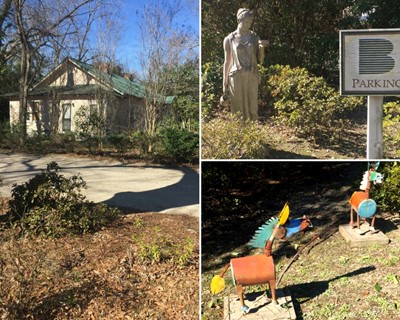 The cottage where it all started can be seen from our parking lot (left) and our original "IBM" logo remains amidst Reid's eclectic parking lot decor.
The cottage where it all started can be seen from our parking lot (left) and our original "IBM" logo remains amidst Reid's eclectic parking lot decor.
Last year, we did update our classroom for the first time since it was constructed. We’re gently making other improvements, too. Because if you’ve ever owned an old house, you know it’s always a work in progress. And that there’s nothing else quite like living and working in a building that’s got a story of its own.

